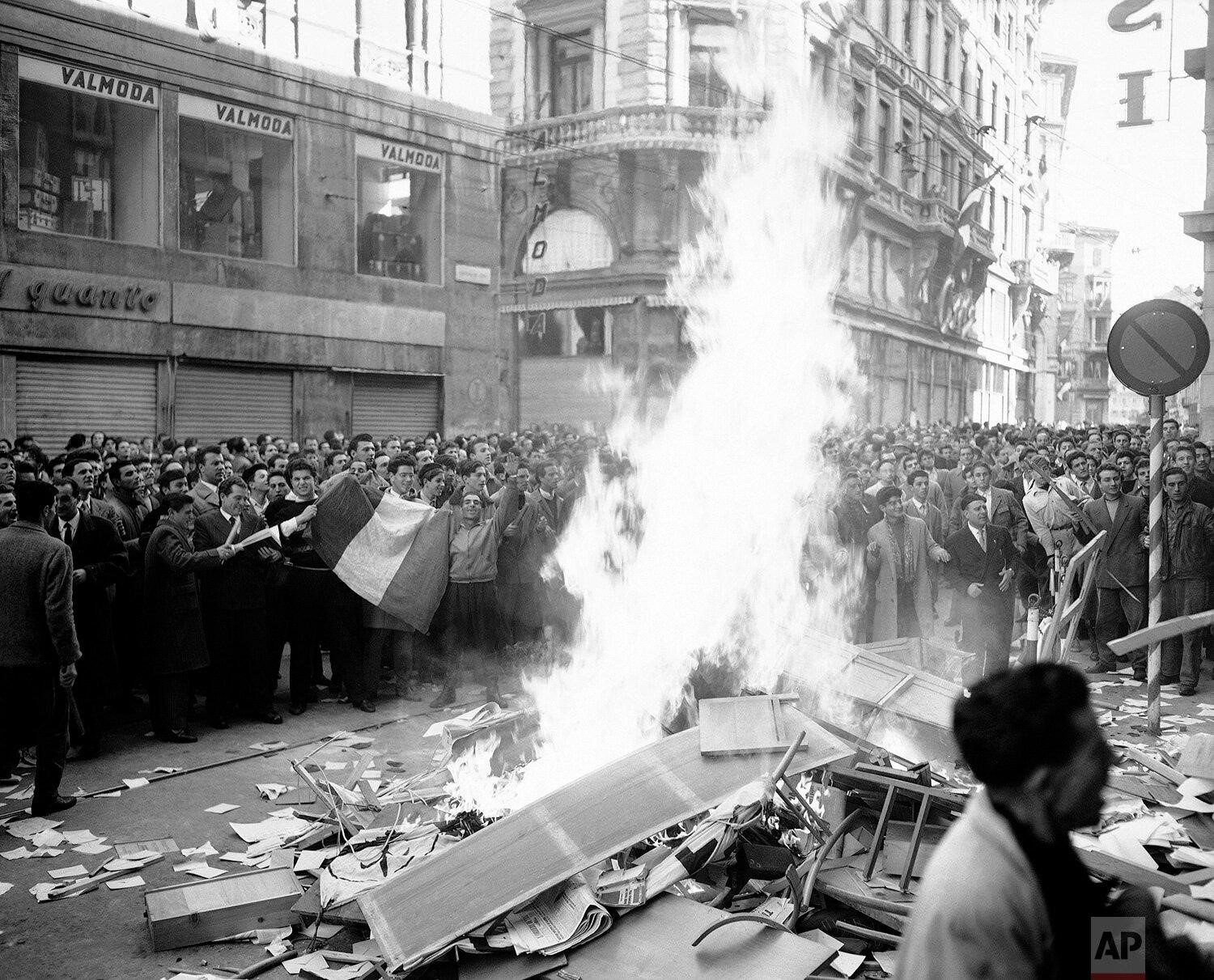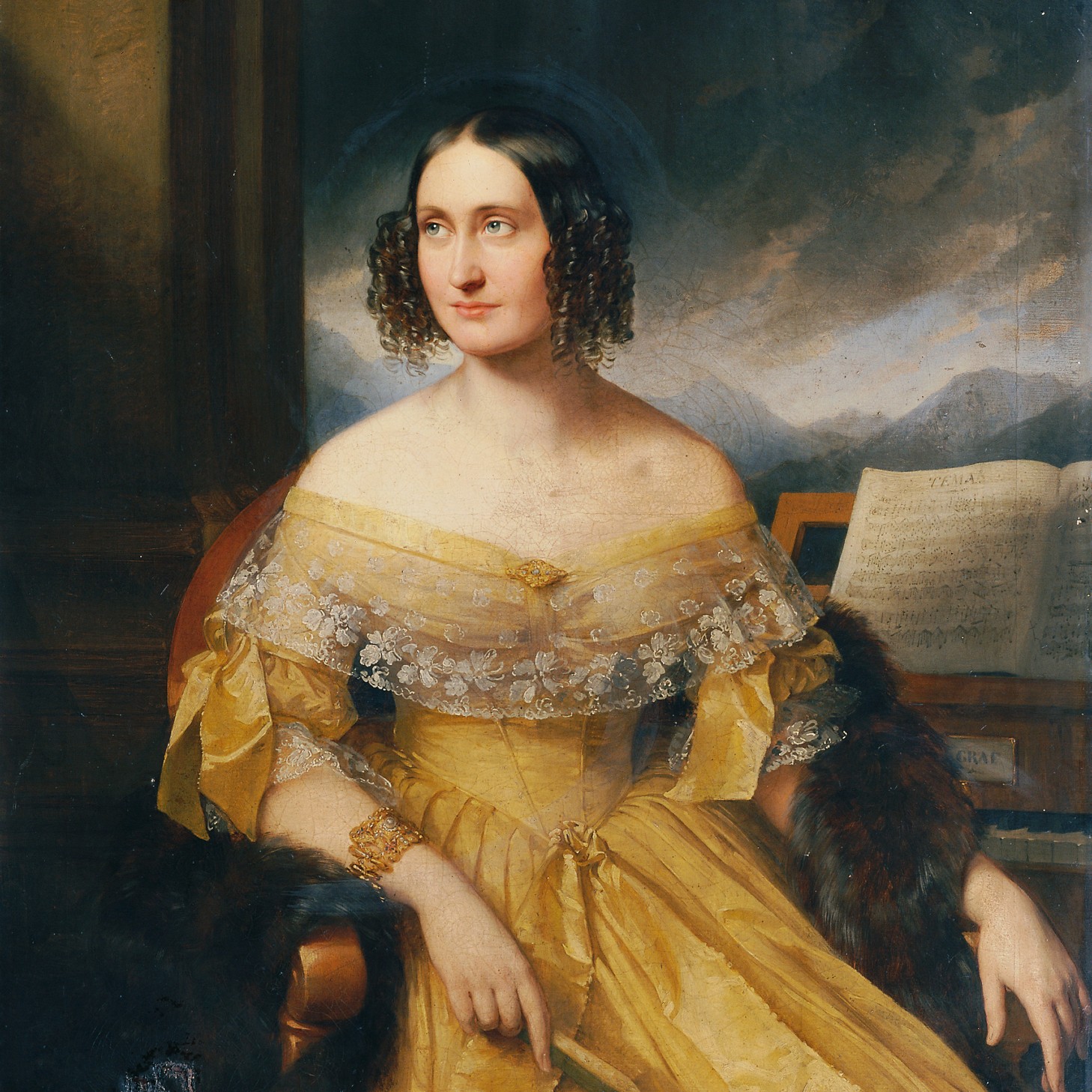On August 11, 1948, the Chief of the General Staff of the Yugoslav army, General Arso (Arsenije) Jovanović, left his home in Belgrade with the official intention of going hunting. In reality, he had reunited with other high-ranking officers loyal to Stalin, and, when he wandered into the woods on the border of Romania, he was killed by Yugoslav border guards. In all likelihood, his goal had been to reach Bucharest where, with the support of the Soviets and local authorities, he was expected to establish in exile a Yugoslav communist party loyal to Moscow. The personal story of Jovanović, a leading figure of the regime, tells us of the dilemmas experienced by the Yugoslav population following the Cominform Resolution of June 28, 1948. Moreover, he is a reminder of the other important international political issue with which Belgrade grappled during the post-war period: the Trieste crisis. In fact, Jovanović participated in meetings with Western diplomats regarding the crisis held in Belgrade in May 1945 as well as in negotiations organised in Duino the following month.
The expulsion of Yugoslavia from the communist bloc had serious consequences for the country. As Croatian historian Tvrtko Jakovina aptly put it:
…after three years of systematic provocation from the West, support for the guerrilla war in Greece […] and with shaky support within the country, the Yugoslav regime entered into conflict even with all the neighboring "popular democracies". Since there was an armed conflict on the border with Greece, while there was no border agreement with Italy and Austria, the situation was more than worrying. Yugoslavia was probably the most isolated country in the world.
The situation on the border with Italy was provisionally stabilised by the Peace Treaty with Italy of February 10, 1947, providing for the creation of a buffer-state in the border area between the two countries, which became known as the Free Territory of Trieste (FTT), and included Trieste, Koper, Piran, and Umag. This entity should have been established as a state upon the appointment of a governor by the United Nations; however, it existed only on paper due to the fact that the international powers that won the Second World War (the Soviet Union among them) had not been able to agree on a governor. As a result, the territory remained in limbo in the summer of 1948. It was divided into two zones, A and B, occupied by Anglo-American and Yugoslav troops respectively. Furthermore, in this particular instance, the Cominform resolution had a detrimental effect on Yugoslavia as it lost its local political influence when the pro-Italian members, after declaring loyalty to Stalin, had taken over the Communist Party of the Free Territory of Trieste, which had previously been under the control of the Slovenian Branko Babič.

Map of the Free Territory of Trieste 1947–1954. Source: Magocsi, P. R. (2018). Historical Atlas of Central Europe. University of Toronto
The fluidity of the international situation, which would eventually result in support being offered to Belgrade by the western powers, had the effect of suspending the conflict with Italy over the FTT for more than two years. In the second half of 1951, when the situation had become relatively stable, the insistence of the Anglo-Americans on resolving the Trieste crisis, in part with the aim of improving collaboration between Italy and Yugoslavia in the event of a Soviet attack, led to a series of high-level diplomatic meetings that became known as the Bebler-Guidotti meetings after the names of the two heads of the delegation.
Until this time, it had been taken for granted that the issue of the FTT would eventually be resolved by dividing the territory between the two countries, but, during the Bebler-Guidotti meetings in January 1952, Edvard Kardelj conceived of a very different idea: the FTT could continue to exist and become a true state if Italian and Yugoslav governors were called in turn to govern it rather than the United Nations appointed governor originally envisaged in the Peace Treaty with Italy. In a meeting on foreign policy held in Brijuni at the beginning of February attended by Josip Broz Tito, Kardelj, and other senior officials, it was established that Yugoslavia's leading proposal for addressing the FTT was that the entity would be maintained.
Finally, on February 29, 1952, the proposal for the activation of the FTT was announced to a worldwide audience in an interview given by Tito to the Yugoslav press agency Tanjug. The western powers didn't accept the proposal for the condominium i.e. the reunion of the FTT's two zones under a joint Yugoslav-Italian government. (In international law, a condominium is a political territory in or over which multiple sovereign powers formally agree to share equal dominion.) Nonetheless, when the ambassadors of the US, the UK, and France met with Tito on August 18 in order to propose the division of the FTT, he simply counter-proposed with the condominium. Soon afterwards, Anthony Eden, then Foreign Secretary of the United Kingdom, became the first top western politician to pay an official visit to Yugoslavia (September 17–23, 1952). Indeed, during talks held in Belgrade, Eden dismissed the proposal of the condominium, which had already been presented to him several times. On that occasion, Tito (and Kardelj) finally agreed to divide the FTT at the border between the two zones. However, the presidential elections in the US that autumn paralysed the diplomatic initiative of the western powers so that the solution advocated by Eden was not immediately put into practice.
Rather, in the following months, the signing of the Balkan Pact (February 1953) and the death of Stalin (March 5, 1953) jeopardised the Yugoslav regime's capacity for analyzing the international situation. These two events led Yugoslav leaders to exaggerate the country's importance on the international stage to the point that they believed it could wield a decisive influence the decisions of the western powers.
In an internal report prepared by Kardelj toward the end of May 1953, which is now located in his personal files in the Archives of the Republic of Slovenia, he described a strategy for future direct talks with Italy, stating that:
A certain priority will be given to the formula of the condominium, as it is more evocative for the public opinion in the world and in Trieste. By describing the condominium as the best solution, Yugoslavia appears as the patron of Trieste's interests, of the economic interests of the entire hinterland (Austria), and the defender of a perfect solution which would permanently address the Trieste issue and lead to appeasement of the two ethnic elements in Trieste as well as between Italy and Yugoslavia.
The Piran-born demographer and historian Diego De Castro added that by July it was clear that "Yugoslavia had begun its march over Zone A" (De Castro 1981). It appears that De Castro's impression was more than justified. A memorandum retrieved from the Archives of Yugoslavia in Belgrade signed by Tito in Brijuni on August 8, 1953 contains the following statement:
In this new phase of the Cold War, Yugoslavia has the possibility of addressing the issue of Trieste favorably, that is to say in such a way that Zone A will not be ceded to Italy but will instead remain, or better said, will become neutral and contiguous with Yugoslavia. This prospect is made possible by the following circumstances: (a) the increased international standing of Yugoslavia with the prospect of further strengthening; (b) the comparative weakening of Italy in its international relations, the diminished importance of Italy for the great western powers, internal crisis in Italy; (c) the development of the political situation in Trieste as a consequence of the circumstances listed above and as a consequence of the policy followed by Italy in the area […]; (d) the growing desire of the Western European states, especially the English, for a solution to the issue of Trieste so that relations between Italy and Yugoslavia can be fixed, the issue of the Soviet occupation of Austria to be addressed, the Americans could be sent away from Trieste, and so on…
The memorandum included various measures of financial support for Zone B and for pro-Yugoslav political organizations active in Zone A. On the diplomatic front, Yugoslav willingness to negotiate on the basis of a partition of the FTT had to be dismissed firmly, while on the other hand the "neutrality of the condominium" had to be emphasised in international forums.
The fact that Yugoslavia had begun its "march towards Zone A" was also obvious from Italy's perspective. The new government formed in the summer of 1953, relying on the support of monarchists and neo-fascists, was created with the sole objective of halting the deterioration of Italy's diplomatic position on the Trieste issue.
Just a few days after the appointment of the new government, a mistranslated statement of the official newspaper of the Yugoslav Communist Party, Borba, was used as an excuse to send troops to the borders with Yugoslavia and the FTT, a measure which was met by Yugoslavia also sending troops to its border with Italy and the FTT.
The rising tensions between Rome and Belgrade put the military planners of the western powers in jeopardy as the two countries both belonged to the Western Defense System. For this reason, the US and UK finally agreed to resolve the issue of Trieste through partition of the FTT. It was announced on October 8, 1953 that Anglo-American troops would be withdrawn from Zone A so that Italian authorities could take it over. No public announcement was made on the fate of Zone B. For this reason, the Italian government immediately announced that the takeover of Zone A was just the first step toward the implementation of the Tripartite note from March 1948, according to which Italy would receive the entire FTT.
The Anglo-American decision was interpreted by Belgrade as nothing less than an act of treason. In the hours immediately following its announcement, an angry mob targeted diplomatic and cultural venues linked to the US, the UK, and Italy in all the main Yugoslav cities. The attacks continued for days along with mass protests. Yugoslav diplomacy engaged in ongoing activities to suspend the withdrawal of Anglo-American troops from Zone A, which was originally planned for early November. The eventual suspension of the October 8 decision disappointed Italian authorities and local pro-Italian circles in Trieste, and in the early days of November (3–6) in Trieste riots broke out which saw six protesters killed by the Anglo-American police.
The situation did not escalate further, and it became possible to manage the issue through diplomatic channels. After a few weeks of uncertainty, the Holmes plan – a diplomatic strategy proposed by the American diplomat Julius Cecil Holmes – begun to gain traction inside British and American diplomatic structures. This proposal involved negotiations between the US, the UK, and Yugoslavia under the condition that, if the discussions failed, the original proposal from October 8 would come back into force. The solution agreed to by Vladimir Velebit in London on February 2, 1954 – the partition of the FTT with minor corrections for the benefit of Yugoslavia and the granting of special financial aid for Belgrade for the construction of a port in coastal Slovenia that could take the place of Trieste – was further elaborated in a second round of talks between the US, the UK, and Italy that took place during the summer. The London Memorandum, that finally addressed the de facto issue of Trieste was finally signed in the London on October 5, 1954 (the de jure settlement was reached only with the Osimo Agreement in 1975).
Once the territorial conflict between Italy and Yugoslavia was resolved, relations between the two countries improved steadily, to the extent that the following year the Udine Agreements established the possibility of the border-area inhabitants to cross the border using ordinary identification documents. The continuation of such policies led to even more incisive practices in the 1970s, which resulted in the overcoming of the rigid division between blocks determined by the Cold War and to the redefinition of Trieste's economy: the primary example being the Ponte Rosso market in Trieste, well known to Yugoslav shoppers. In the following years the border between Italy and Yugoslavia would be defined as "Schengen before Schengen", the one and only case in which it was possible for citizens to travel between countries with different political orientation (capitalistic/socialist) without visas.
* The contribution was conducted as part of the project "Cold War Europe Beyond Borders. A Transnational History of Cross-Border Practices in the Alps-Adriatic area from World War II to the present". The project is financed by the European Research Council (ERC) under contract no. 101054963 and is carried out at the Science and Research Centre Koper.
















